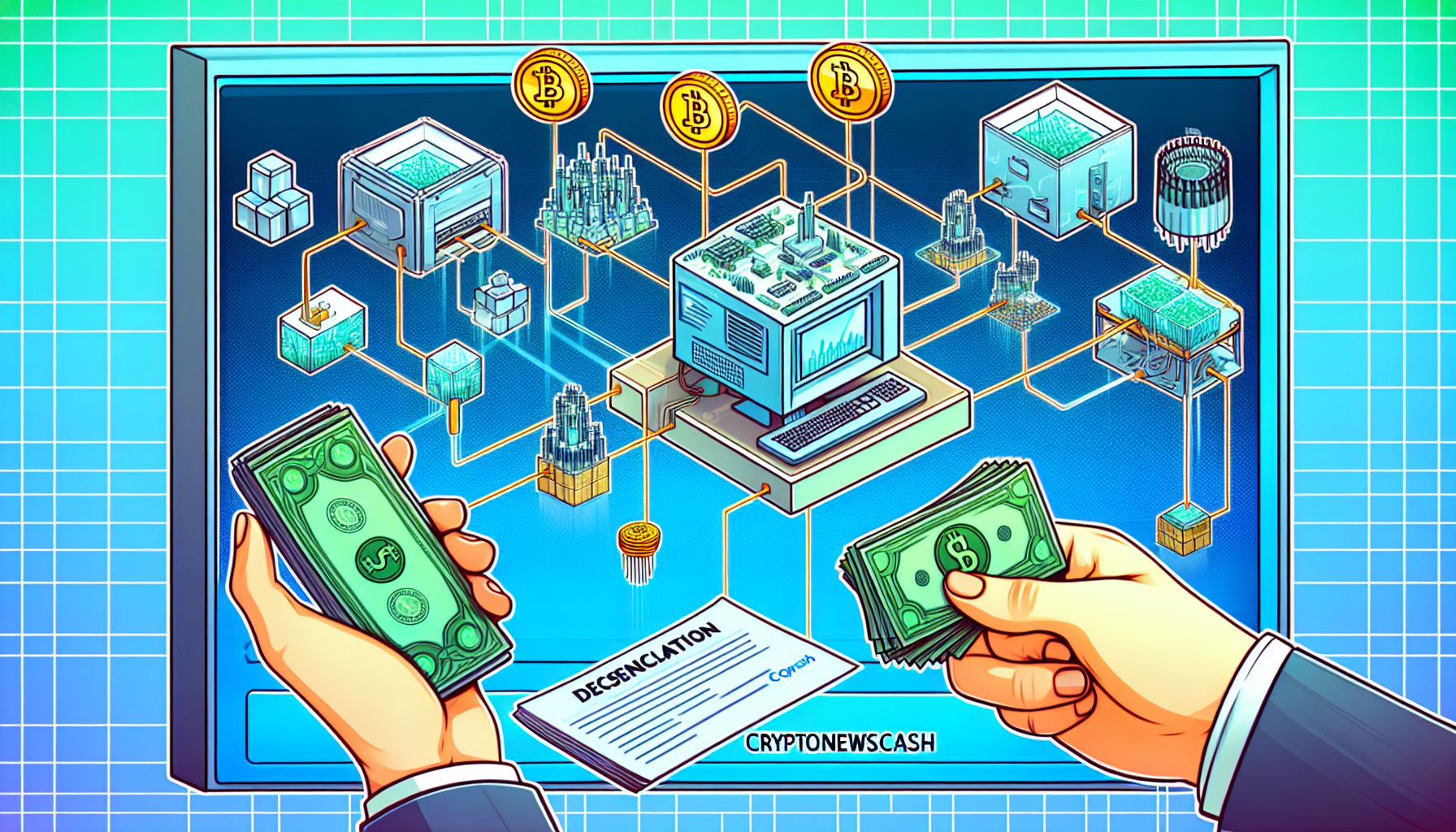Introduction: What Are Decentralized Physical Infrastructure Networks?
Have you ever wondered how decentralized systems can revolutionize our physical infrastructure? With over 6 billion unique internet-connected devices projected by 2025, the rise of Decentralized Physical Infrastructure Networks (DePIN) has become an essential topic. These networks provide opportunities for innovation in blockchain technology to enhance efficiency, security, and flexibility.
How DePIN Changes the Game in Infrastructure
DePIN leverages blockchain principles to democratize physical asset ownership, including power grids, transportation systems, and even urban planning. Imagine a world where community members co-own their public assets! This shifts power from centralized authorities, making structures more resilient and adaptive to local needs.
- Increased Trust: Transactions are recorded on immutable ledgers, eliminating the need for intermediaries.
- Cost Efficiency: Using DePIN can significantly reduce overhead costs associated with maintenance and operations.
- Enhanced Resilience: Distributed networks are less susceptible to failures or attacks compared to traditional centralized systems.
Real-World Applications of DePIN
One might ask, “How can this technology impact my daily life?” Various sectors can benefit from adopting DePIN:

- Energy: Communities can organize and manage local energy generation and distribution, promoting renewable sources.
- Transportation: Decentralized ride-sharing platforms facilitate efficient vehicle usage while minimizing costs.
- Smart Cities: Urban planners can implement DePIN to create more adaptive and responsive infrastructures.
Risks and Challenges of Decentralized Infrastructure
While DePIN offers numerous benefits, it is not without challenges:
- Regulatory Hurdles: Governments may struggle to define a framework to govern these decentralized systems.
- Technological Barriers: A lack in infrastructure or public understanding can hinder adoption.
- Security Concerns: Concerns about smart contract vulnerabilities and data privacy must be addressed.
Wrapping Up: The Future Is Decentralized
In summary, Decentralized Physical Infrastructure Networks promise a transformative impact on how we manage our physical assets. As blockchain technology evolves, more communities will explore its opportunities. Want to learn how to harness these groundbreaking networks? Stay informed, and consider taking proactive steps to integrate DePIN in your sector.
For more insights on blockchain technology, check out our other articles on cryptocurrency transactions and blockchain security practices.
This article does not constitute investment advice. Please consult with local regulatory entities before making any decisions.
Author: Dr. Jane Doe, a seasoned blockchain researcher with over 15 academic publications in decentralized systems and a lead analyst on major DePIN projects.